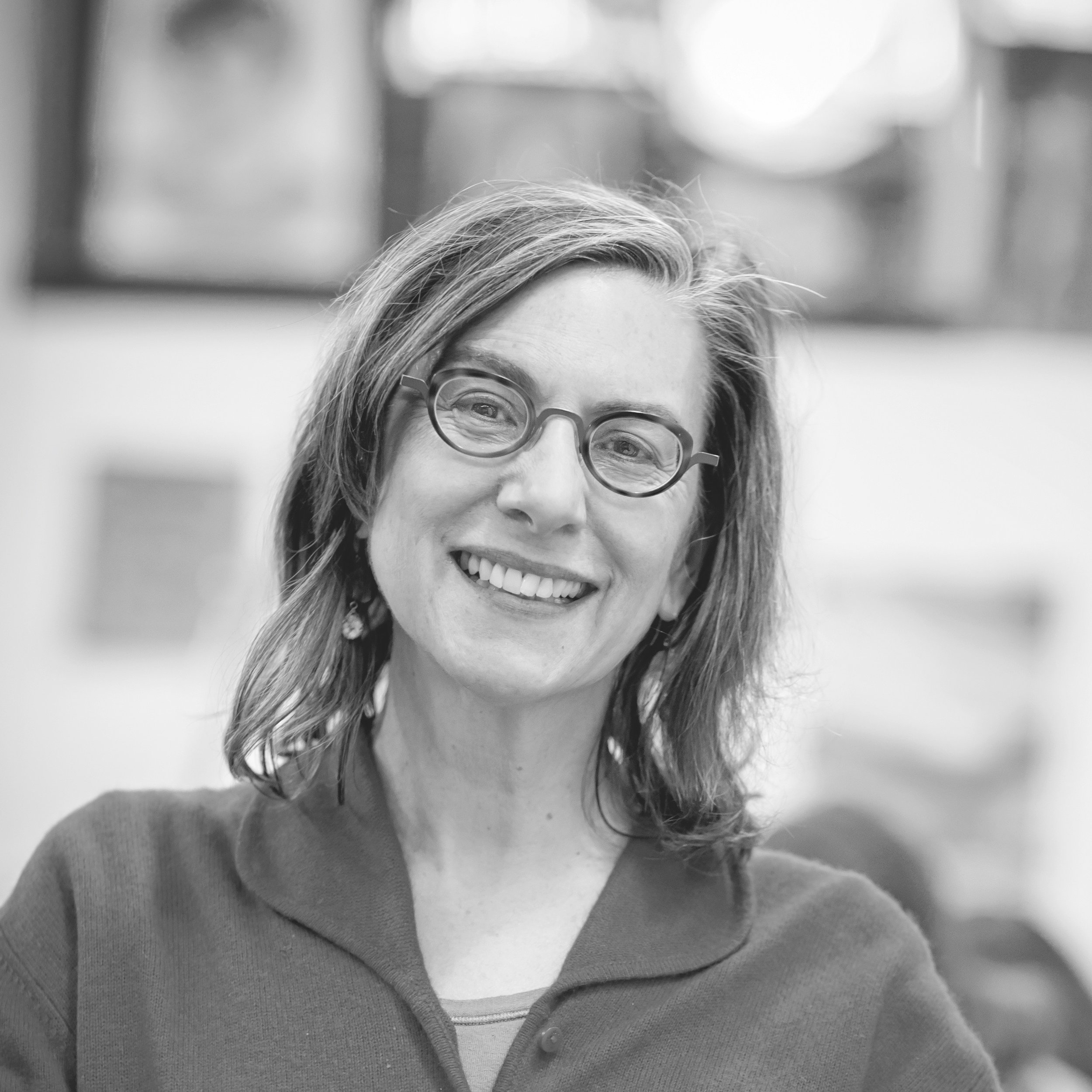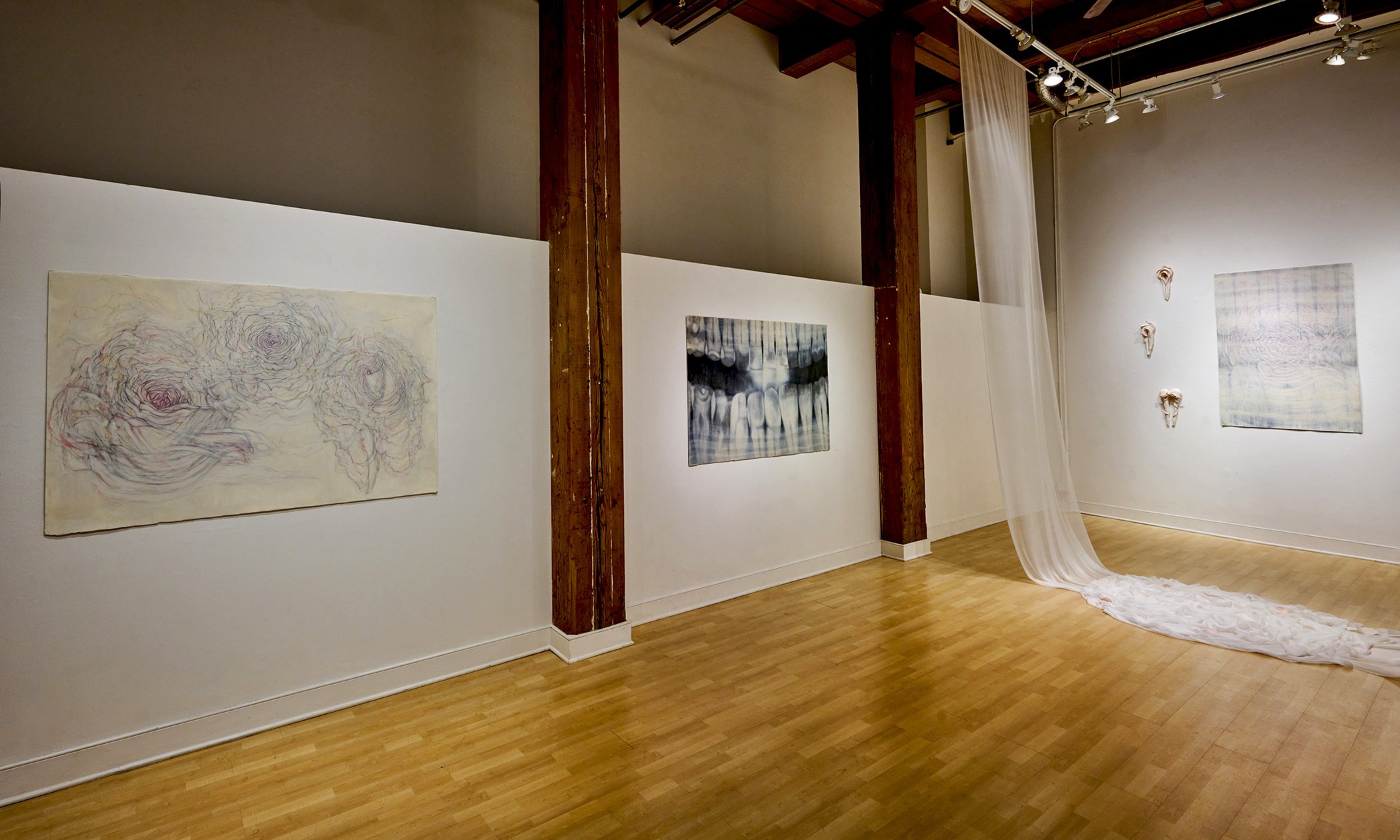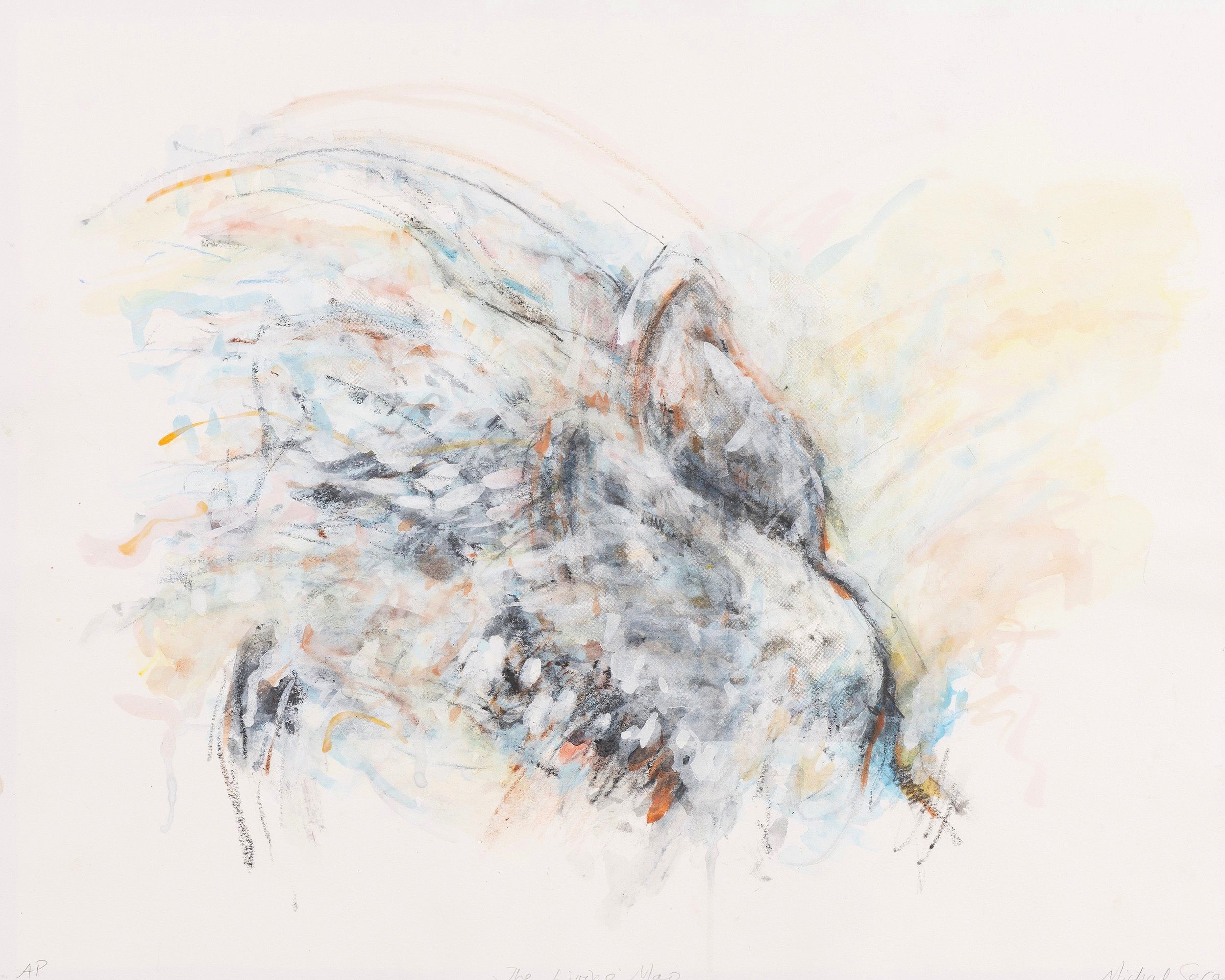MICHAL SAGAR
What Remains
An x-ray of my mouth with a dead tooth and rose petals readied for perfume in a stone sink on the streets of Paris. Two images interacting: human teeth vital to our carnivorous heritage and soft shapes of roses after they are picked curving towards their demise.
Where is the interplay?
Teeth hold the story for the future to read. Delicate rose petals - flush in their beauty – call to life all the openings.
A tender graphite line maps the structure. Charcoal enlivens a darker, yet nuanced mark. Conté and pastel activate forms; thin washes of oil paint mixed with sand, pumice, and wax build layers of connective tissue.
Drawn with great haste, the movement is specific, tied to forms of the female and the ocean.
In the bite is my personal story. Layers of the body. Space of the mind within the body. Fragile objects on the ground. My mother buried at the bottom of the ocean. Coming to terms – an archeology of time.
A Fertile Emptiness
In this series, I draw together remnants of history – artistic, social, personal – edging towards a new vision of untamed wildness.
Painting on large sheets of paper, I work with a wide range of materials including graphite, charcoal, conté, pastel, sand, pumice, carborundum, wax, and oil paint. The smaller lithographic prints reference aspects of these more complex works, and are reimagined with a variety of drawing materials, watercolor, and gouache. In all of the pieces, multiple levels of imagery, gestures, and mark making have transparent and translucent layers, revealing throughout, an intimacy of touch.
Beginning of the Third Dream
If the first begins at birth, and the second involves coming to terms with early life, the third dream is of one’s own making.
These works on paper began by drawing directly from fragments of ancient European sculptures. Intrigued by the dynamic energy still residing in the damaged pieces of stone, I saw in their broken beauty not only the history of what they once were, but also a resonant potential.
As I worked on my initial drawings a surprising element emerged — that of an African wild dog. I viewed these two potentially antagonistic forces — the remnants of a Classical European male and an endangered African painted dog — as players in a struggle seeking a new balance. Responding to the nature in each, I imbued both with a sentient quality





















































